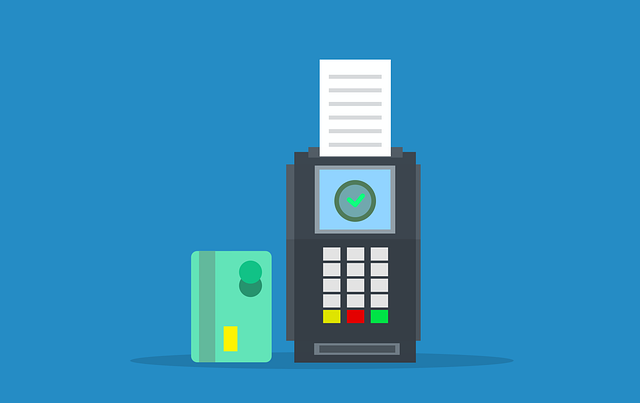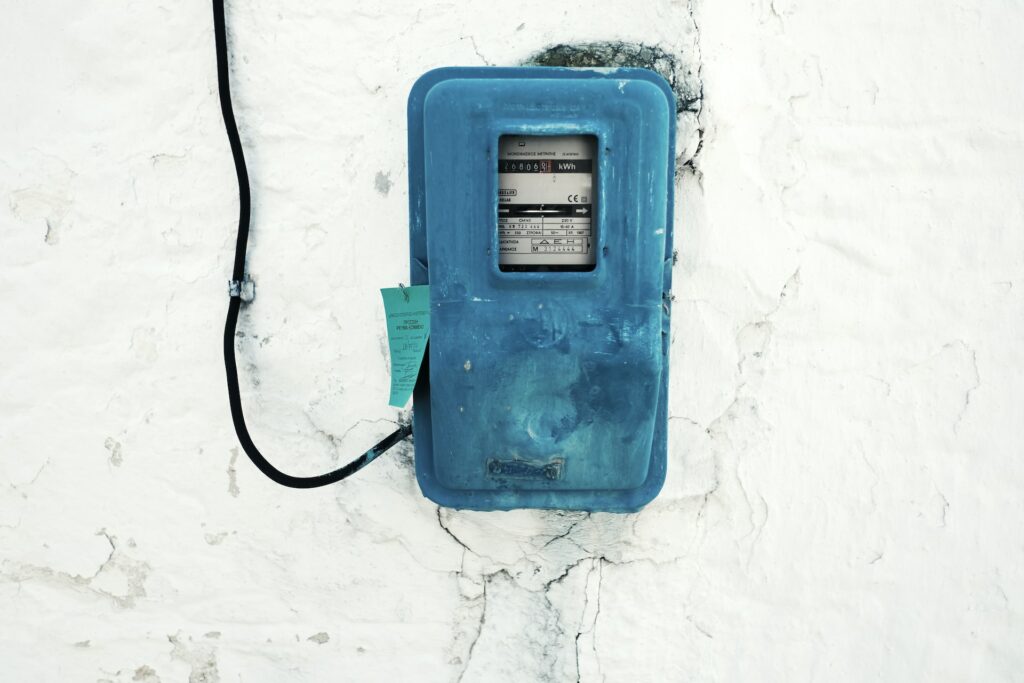Introduction – How Do Electric Bills Work
This is a great question – how do electric bills work. In fact, knowing the answer is the first step toward reducing your bill. So you’re mystified by how do electric bills work and what we’re paying for in an electric bill. There’s a lot of numbers on there, and when you’re trying to save money, you can’t tell how much you save whether you turn off a light or turn down the thermostat by one degree.
Today we’re going over some basics for those of you who want to understand your electricity bill better. Electricity is a vital part of modern life. It powers our computers, lights our homes, and keeps us connected to the world at large. However, it’s not always easy to understand how electricity works or how much you’re paying for it each month. Here’s what you need to know about electric bills and your options for saving money on them.

Why Bills Exist – Electricity Requires Money To Generate
Electric bills exist because electricity requires money to generate. We pay electric bills to get electricity. Electricity is a fundamental part of our lives and it powers many things we use every day. We use it for heating, cooling and lighting our homes and workplaces; powering our vehicles; keeping the food in our refrigerators cold; charging our cellphones, tablets and laptops; running copy machines, laser printers and fax machines; listening to radio broadcasts; watching TV shows on cable or satellite TV systems (including those over-the-air); streaming movies on Netflix or Amazon Prime Video—you name it.
But did you know that the electricity comes from some place? At its source is electricity generation technology. Just as you put gas into your car to make the engine move, there is a generator that converts one source of energy into electricity and sends it along to our home.
There are also electricity generation technologies that are gigantic, like Hoover Dam sitting on the Colorado river that turns magnetic coil turbines to make electricity from the flow of the river, to very small, like a 2-square meter solar panel on the roof of a house. Other generation technologies include oil, coal and natural gas burning facilities, and solar, wind, and geothermal power stations.
The electricity is sent from the source to infrastructure owned by your utility company. Then the utility company’s wires bring the electricity to your home. This “grid” is owned by many entities who cooperate to get electricity to everyone.
None of this stuff is cheap to build and to run. The costs get passed onto us, the end consumers.
Fuel Generation, Transmission, Distribution – What Goes Into A Electricity Bill
The first thing you need to know about your electricity bill is that it’s made up of a lot of different parts. A typical electric bill will include the following components:
- Energy charges, which cover how much energy your home uses
- Purchased power charges, which cover what additional premium the utility paid to get the electricity to you
- Transmission charges or Delivery charges, which cover how much it costs the utility to transmit power through its lines. Read our in depth article about transmission and delivery charges.
- Distribution charges, which cover how much it costs them to deliver power from their substations into your neighborhood
How Much Is the Average Bill – The Average US Bill is $119

ShrinkThatFootprint already compiled and computed the average electricity bill in every state. The average bill comprises two factors – how much electricity is used (in kWh) and the price per kWh. You can reduce electricity used, but you can’t reduce the price, which is how much it costs to use electricity. Let’s take a look at the cost of electricity and what factors influence your bill.
Average Cost of Electricity
The average cost of electricity in the US is $0.13 per kilowatt hour, or $13.00 for every 1,000 watts used in one hour. The national average price of electricity has been rising since 2009, when it was $0.10 per kilowatt hour ($10 per 1,000 watt hour or 1 kilowatt hour).
The rise in prices comes from a combination of higher fuel prices (e.g., coal), taxes on fossil fuels, and environmental regulations related to emissions generated by power plants as well as other sources like cars and factories using electricity as a source of energy while making products such as aluminum cans or steel beams for construction projects like bridges or buildings; however not all states have seen an increase over time due to energy sources being less expensive than others depending on where someone lives within an area called Energy Market Zone (EMZ).
In a select list of other countries, electricity rates are given here.
| Country | Electricity Rate |
| US | $0.14/kWh |
| UK | $0.42/kWh |
| Netherlands | $0.34/kWh |
| Japan | $0.15/kWh |
| India | $0.07/kWh |
| Germany | $0.46/kWh |
| France | $0.19/kWh |
| China | $0.14/kWh |
| Chile | $0.16/kWh |
| Brazil | $0.20/kWh |
| Australia | $0.21/kWh |
How Much Do You Use?
Your monthly bill depends primarily upon how much you use throughout each month rather than just having an average number at first glance because there are many factors influencing amount consumed during any given period including weather conditions outside affecting heating/cooling systems indoors where people live plus appliances inside homes such as lights bulbs TVs refrigerators dishwashers microwaves ovens stoves etcetera all requiring different amounts for optimal operation depending upon conditions outside (hotter temperatures require more cooling) so knowing exactly what happens behind closed doors would be helpful before making any assumptions about how much money should be spent on utilities bills each month without taking into account other factors that may affect usage levels significantly.
Total Cost = Cost per kilowatt hour times the number of kilowatt hours used
It’s quite simple then. The total cost for you as an end consumer is to multiple the cost per kilowatt hour by the number of kilowatt hours used. The cost includes all the pieces we talked about above. Take a look at our detailed list of electricity prices over all US states.
Monthly Or Quarterly – How Often Do You Pay Electric Bills
Electric bills can be paid monthly, quarterly or annually. If you’re unsure of when to pay your electric bill, it’s best to contact your provider and ask what their preferred method is.
The most common way of paying an electric bill is through automatic payments from a checking or savings account. Many companies also offer other options like paying in person at one of their locations or by mailing a check as long as the due date has not passed yet and there are no late fees or other penalties associated with the bill.
Fossil Fuels Vs Renewables – Where Does Electricity Come From
It’s important to know this because this is where you begin to understand there’s a way to lower your bills.
Electricity is generated from a variety of sources, including coal, natural gas, nuclear and renewable energy. Coal and natural gas are fossil fuels (non-renewable resources). Nuclear power plants use uranium to generate heat that turns water into steam for electricity generation. Renewable energy sources include wind turbines, solar panels and tidal generators which convert the kinetic energy of moving air or water into electricity.
This can result in lower utility costs if you use more than one renewable source like solar panels on your roof plus an electric car charging station at home
Save Energy Or Go Renewable – Alternatives To Paying Electric Bills
With this information, you can cut down on your electric bill by reducing your energy usage. Here are some tips for reducing your energy use:
- Use less energy. Turn off lights, TVs and other appliances when they’re not in use.
- Improve the insulation of your home. If it’s poorly insulated, cold air will enter through cracks in the walls or windows and heat will escape through those same openings.
- Install a renewable source like solar panels if you live in a sunny area of the country (or even if you don’t). This will allow you to power all of your appliances with clean energy that doesn’t cost any money at all!
Saving Energy – Ways To Save On Electricity Bills
If you’re looking to save money on your electricity bill, the first thing that comes to mind is turning off lights and appliances when they are not in use. While this is an excellent place to start, there are other ways to save on electricity bills by making small changes around the house.
You can also reduce energy consumption by installing energy efficient appliances. These include refrigerators, washing machines and dishwashers which use less water than their predecessors. If you’re planning on getting rid of an old appliance or replacing one with a new model make sure it meets Energy Star standards.
Programmable thermostats allow users to pre-program temperatures in their homes at certain times so when no one is home or asleep the temperature will automatically adjust without having to worry about manually adjusting the settings on your HVAC system every time someone leaves for work or school. This saves both money and effort since there won’t be any need for manual adjustments later down the road!
Conclusion – How Do Electric Bills Work
I hope you find this information useful, and I’m looking forward to seeing you use your new knowledge about how electric bills work!

Anne Lauer
Anna Lauer is a writer, gardener, and homesteader living in rural Wisconsin. She has written for Mother Earth News, Grit, and Hobby Farms magazines. Anna is writing a new book about growing your food for free and an ultimate guide to producing food at little to no cost. When she’s not writing or gardening, Anna enjoys spending time with her husband and two young daughters.
